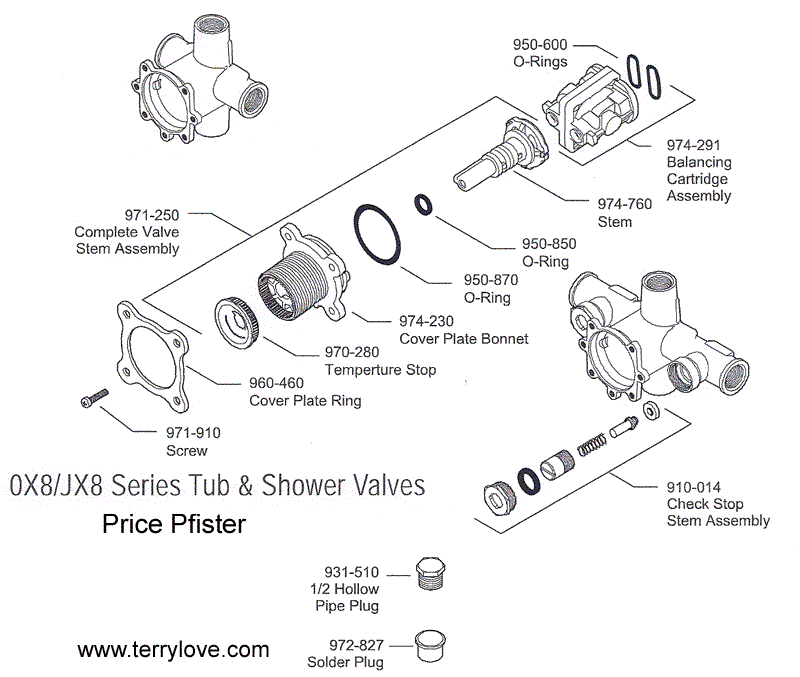ajohansson
Member
New house to me but 15 year old. Two story slab on grade tract home in southern cal.
master bath is directly above kitchen if hot water is turned on down stairs in kitchen I can hear a strange sound in the wall of my shower near the valve. Shower is on an exterior wall but control valve is on a perpendicular wall. This is directly above the downstairs kitchen sink. Also if I turn on hot water in the sinks in the master bathroom I hear this same noise.SInks are about 8 feet away on opposite wall. As soon as water is turned off it stops. It is not a hammer or a knock but like a high then low pitch that repeats itself. I need to try and record the sound and put it on youtube tonight for you folks.
Any help appreciated.
AJ
master bath is directly above kitchen if hot water is turned on down stairs in kitchen I can hear a strange sound in the wall of my shower near the valve. Shower is on an exterior wall but control valve is on a perpendicular wall. This is directly above the downstairs kitchen sink. Also if I turn on hot water in the sinks in the master bathroom I hear this same noise.SInks are about 8 feet away on opposite wall. As soon as water is turned off it stops. It is not a hammer or a knock but like a high then low pitch that repeats itself. I need to try and record the sound and put it on youtube tonight for you folks.
Any help appreciated.
AJ

